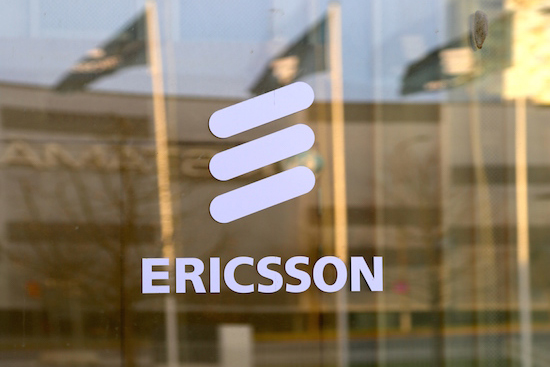Ericsson has used this week’s 5G World Summit to make a wave of announcements spanning next generation demonstrations and NB-IoT developments, including a transcontinental 5G trial network.
SK Telecom and Deutsche Telekom will deploy the network, which will use network functions virtualisation, software-defined infrastructure, distributed cloud and network slicing, across Germany and South Korea.
Ericsson is the sole supplier on the project, which it said would help foster use cases by “optimising user roaming experiences”.
Bruno Jacobfeuerborn, CTO, Deutsche Telekom, said: “Many of the customer scenarios envisaged for the 5G era will require excellent quality of service globally. From our point of view, network slicing roaming will be a key enabler to support customers’ international operations with an optimized experience. We are looking forward to participating in this alliance to further develop the use case.”
Alex Jinsung Choi, CTO & Head of Corporate R&D Centre, SK Telecom, added: “5G is very different from its predecessors in that the system is built as a platform to provide tailored services optimized for individual customer’s needs, at a global scale. Through this three-party collaboration, we will be able to better understand and build a 5G system that can provide consistent and enhanced user experience across the globe.”
Ericsson also used the London event to announce the results of a 5G radio prototype transmitting data at more than 7GBps between a radio access network and moving van.
The prototype is being used in numerous operator field trials and used massive MIMO technology.
This latest demonstration took place earlier this month at the vendor’s headquarters in Sweden.
Joakim Sorelius, Head of 5G Architecture, Ericsson, said: “In February, we demonstrated more than 25 Gbps throughput for both mobile and fixed devices. Now, our latest 5G technology breakthrough will enable operators to field trial key 5G applications requiring high performance connectivity to cars, buses, and trains for smart vehicle and intelligent transport use cases.”
Meanwhile, Ericsson and SK Telecom demonstrated software defined telecommunications infrastructure (SDTI) at the operator’s 5G Playground in Bundang, Korea.
SDTI has all parts of a network split into customisable modules that can then be fitted together to provide the required level of infrastructure needed to meet demand.
This infrastructure slicing allows operators to scale down their networks to allow a single person to broadcast video or to scale them up for widespread mobile networks.
Both companies are planning to build an end-to-end 5G pilot system, comprising device, radio, core network and SDTI, by the end of this year.
Park Jin-hyo, Senior Vice President and Head of Network Technology R&D Center of SK Telecom, said: “SDTI is an innovative technology that enhances network efficiency by flexibly constructing hardware components to satisfy the infrastructure performance requirements of diverse 5G services.”
Meanwhile, Ericsson and Japan’s KDDI has verified LTE-M and NB-IoT on the operator’s network, paving the way for the telcos to explore future use cases of the technology.
Chris Houghton, Head of Region North East Asia, Ericsson, said: “The Internet of Things is a rapidly growing segment. By 2021 there will be 28 billion connected devices – of which 16 billion will be count as IoT connected devices. IoT applications will drive 5G development, so it is essential for us to work proactively with leading operators like KDDI to spearhead the IoT industry and ecosystem.”
Finally, Telstra has become the latest operator to use Ericsson’s Lean Carrier signalling solution.
First launched last year, the solution uses both 256 QAM and 64 QAM modulation to improve user experience and spectrum efficiency and reduce inter-cell interference.



